Detection engineering involves creating detection content to detect malicious activities that evade security controls, with the ultimate aim being achieving an equilibrium among coverage, precision, and alert volume.
An effective approach for this is utilizing a flexible detection-as-code strategy, which enables teams to leverage software engineering best practices such as automated testing, linting and the standard agile CI/CD pipeline.
What is Detection Engineering?
Detection engineering encompasses the design, development, testing and maintenance of detection logic. This can include rules, saved searches and reports that focus on specific artifacts or meta-characteristics of threats; security teams may create their own detections in-house or use open source security tooling such as YARA or Sigma for this task. Detection engineers’ main responsibility lies in maintaining an optimal balance between false positives and threat coverage by maintaining sufficient coverage with their system.
Engineers developing detections must keep in mind the differences among networks when developing detections. A detection which performs well on one network might trigger too many alerts on another due to factors like differences in baseline, side effects of rules or even “good idea fairies.”
DaC is an innovative approach to detection engineering that utilizes software engineering best practices for writing and hardening detections in an agile fashion, using continuous integration/continuous deployment (CI/CD) pipelines for linting and test coverage linting and enforcement to ensure timely detection of critical threat techniques – as well as more time spent responding to actual incidents instead of dealing with alert noise.
Detection engineering vs threat hunting
Detection Engineering (DE) is an essential element of comprehensive cybersecurity strategies, but without threat hunting it’s ineffective. Threat hunters are security specialists that monitor alerts generated by monitoring systems software to recognize risks; additionally they utilize IoCs and TTPs tools for searching environments to detect threats that have bypassed detection mechanisms.
DE is similar to software engineering with the goal of improving mean time to detection and response (MTTR). To do this, DE utilizes best practices like structured development processes, code review, version control and deployment via agile CI/CD processes. DE also seeks to reduce dwell time – or the time taken for breaches to be detected – by automating detections and regularly tweaking them.
To do this, it’s critical to choose a detection platform with Python scripting language and an expressive API, giving security teams the flexibility necessary to build sophisticated detections. An ideal platform would support contextual analysis and enrichment as well as dynamic file scanning using YARA rules as well as an effective workflow to prevent false positives and integrate with external threat intelligence for a more comprehensive picture of potential attacker kill chains.
What Are the Benefits of Detection Engineering?
Detection engineering offers the potential to significantly decrease mean time to respond (MTTR) and produce more accurate alerts, while increasing team efficiency and confidence by standardizing threat detection content. But in order to reap its rewards, detection engineering needs a supportive culture within your organization in order to be truly successful.
A process for submitting detection ideas, enforcing testing and linting practices, and providing automated delivery systems is necessary for fine-tuning detections to each environment. Collaboration on common platforms allowing security teams to collaborate on sharing code as well as peer reviewing each other’s work also serves to break down silos between security teams.
An effective way to facilitate Detection Engineering is leveraging modern log management solutions like Falcon LogScale Community Edition (previously Humio). This will allow you to ingest logs at scale, gain instant visibility across distributed systems, and prevent or resolve incidents more rapidly.
Why is Detection Engineering Important?
Detection engineering (DE) enhances an organization’s security posture by helping detect threats early and decreasing incident response times. DE is accomplished using an holistic approach that leverages machine learning and systems thinking for threat identification.
Security professionals can then use this approach to focus on responding to actual risks that have the potential for severe harm. Furthermore, detection engineering can often prove more successful than its signature-based counterpart in identifying dynamic threats that might otherwise escape detection through static rules and indicators of compromise.
Also, contextual data helps focus on a particular threat environment. For example, knowing the assets being protected or knowing what permissions an identity possesses can help prioritize alerts and determine the urgency of responses.
Detection engineering (DE) is an invaluable practice that helps eliminate false positives that arise when applying standard rule-based approaches. For instance, if a rule detects malicious activity without providing context to its detection, users will become annoyed. Conversely, overly broad rules may miss legitimate threats altogether and thus necessitate employing methods such as pentesting, purple teaming, sandboxing and creating an adaptive honeypot to spot new activity.
Threat Intelligence in Detection Engineering
Detection engineering relies on intelligence from threat hunters, content developers, red team and risk management in order to create an efficient detection system that minimizes dwell time by immediately recognizing threats. This approach involves the coordination between threat hunters, content developers, red team and risk management to produce such an infrastructure.
At the outset of detection engineering, data collection begins by gathering raw threat intelligence from various sources – this may include internal security logs (SIEM or SOAR), incidents records, open web sources such as dark web and technical sources; then correlating that with MITRE ATT&CK tactics and techniques as well as other frameworks in order to create detection rules.
An essential aspect of DE is testing and revising detection rules to reduce the time needed for an organization to discover breaches. This is achieved through pentesting, purple teaming, sandbox testing, honeypots to observe malicious activity, pen testing and setting honeypots that observe malicious behavior as measures against breaches. Doing this demonstrates efficacy of detection systems while providing feedback as to which rules work well while at the same time keeping their system up-to-date and capable of quickly recognizing exploits that emerge.
Advantages of Detection Engineering
The detection engineering process is a structured, agile, and collaborative approach that enables security teams to develop and deploy detections tailored specifically for their environments. It helps reduce mean time-to-response by automating rule generation for improved detection accuracy and speed while increasing code reusability in order to rapidly identify and respond to threats in their environment.
Utilizing a test-driven development (TDD) process when designing detections can help expose blind spots and verify efficacy while also providing assurances of robust, flexible detections that can easily be modified in the future.
Detection engineering can aid incident response by minimizing false positives generated by systems. Furthermore, security teams can create detections based on specific artifacts or meta-characteristics associated with malicious activity like distinct filesystem modifications or registry modifications – helping them prioritize response actions more efficiently while targeting only the most hazardous threats in their environments.
Final Thoughts
Detection engineering is the practice by which SOC teams create new detections and incorporate threat intelligence into them, with the ultimate aim of covering every aspect of an attack surface while optimizing threat intelligence value. Furthermore, detection engineering allows teams to ensure a robust testing and verification program so they know exactly which detections work and which do not.
Detection engineering applies the frameworks of software development to accelerate and streamline the creation, tuning, and deprecation of rules and analytics. It flips the content management model by prioritizing metrics and analyst feedback throughout DR-DLC. Although not requiring programming skills or detection-as-code techniques, agile principles allow for continuous evaluation and improvement of new and existing detections.




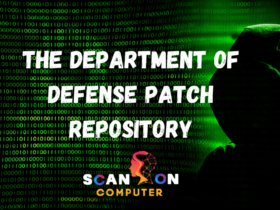
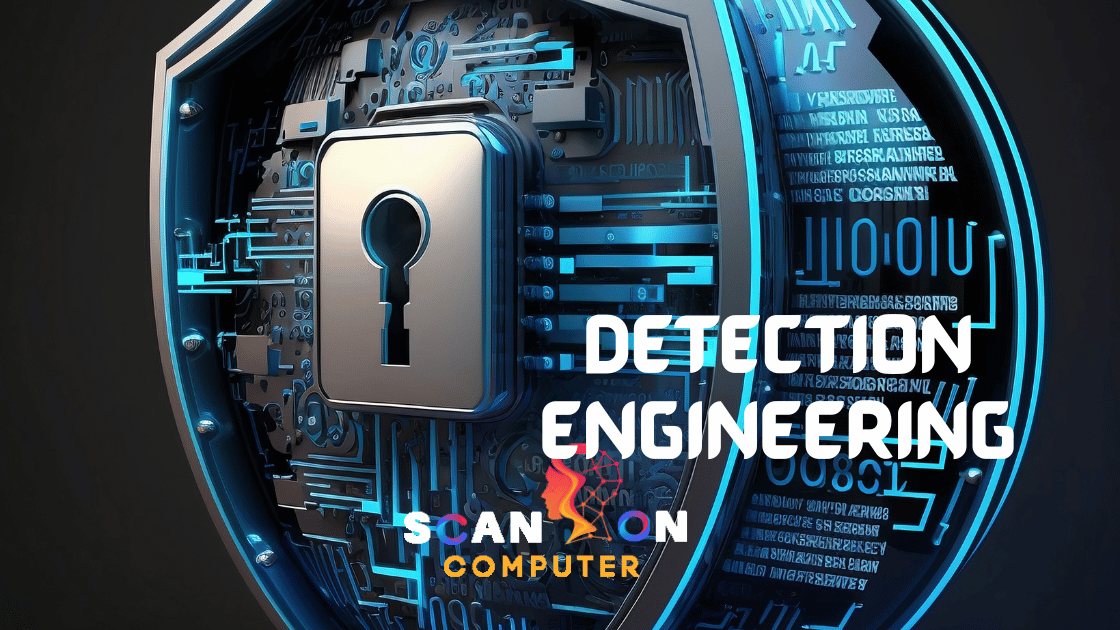
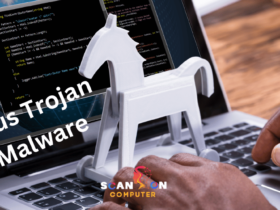

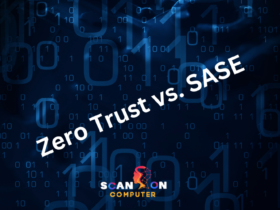

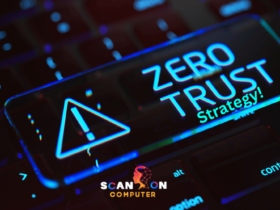
Leave a Reply
View Comments